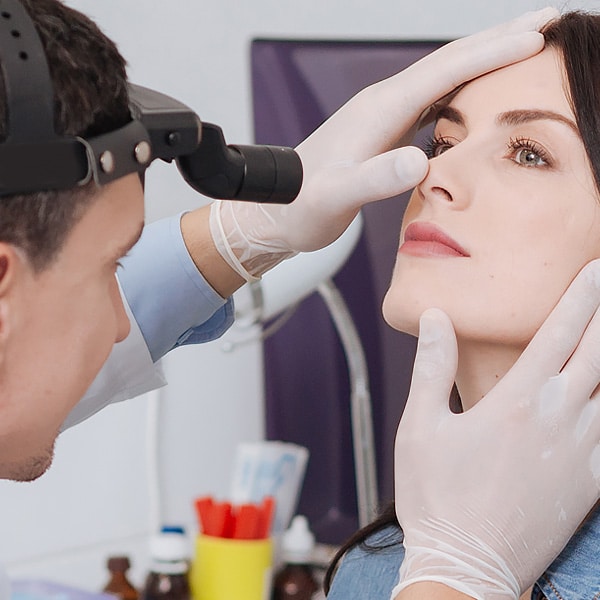Most people do not realize the health impacts of snoring. For many, it’s simply an annoyance to themselves or, most often, their bed partner. However, snoring can be a sign or symptom of a more serious medical condition. Most often it occurs when you breathe in, but it can also happen when you breathe out, or exhale. More men snore than women, and those between the ages of 30 and 60 years old are more likely to snore than other age groups. Almost everyone, however, will snore occasionally.
Snoring itself is produced by the vibration of the soft tissues of the neck and upper airway during sleep. It results when there is increased upper airway resistance; and it is often a sign of obstructive sleep apnea (OSA), a sleeping disorder characterized by periods where the individual stops breathing because the upper airway resistance is so severe. Snoring is also associated with high blood pressure, heart disease, obesity, thyroid disorders, nasal polyps, and sinus disorders.
Since snoring can be related to other medical conditions, it should be discussed with a medical professional to rule out other problems and find ways to correct the snoring. Conservative therapies such as smoking cessation, weight loss, alcohol avoidance before bedtime, and sleeping in the lateral position should all be considered as first line treatments. When those are not successful or not feasible right away, there are other methods to curtail snoring and the problems it can cause.
For some, surgery is the answer to their snoring woes. Opening up the ability to breathe through the nose can help restore normal airflow and reduce or eliminate snoring. One surgical procedure that is used to treat snoring is turbinate reduction: a quick outpatient procedure that reduces the size of the nasal turbinates (shelf-like structures in the nose that can contribute to blockage of the nasal passageways and can cause snoring.) The center strut inside your nose is called the nasal septum. This can be crooked and block airflow through the nose. There is a simple outpatient procedure called a septoplasty that can open up the nasal passages by straightening the septum. Procedures to prevent nasal collapse can be done with dissolvable implants or opening up the internal nasal valve with radiofrequency ablation. Another procedure called the pillar procedure involves inserting small woven implants into the soft palate to improve airflow which helps with both snoring and sleep apnea. Radiofrequency ablation is a procedure used to shrink and tighten part of the tongue to create more breathing space making snoring less likely. Lastly tonsillectomy, or removal of the tonsils, can also provide relief from snoring and sleep apnea and can help with chronic tonsillitis, tonsil stones, or enlarged tonsils.
